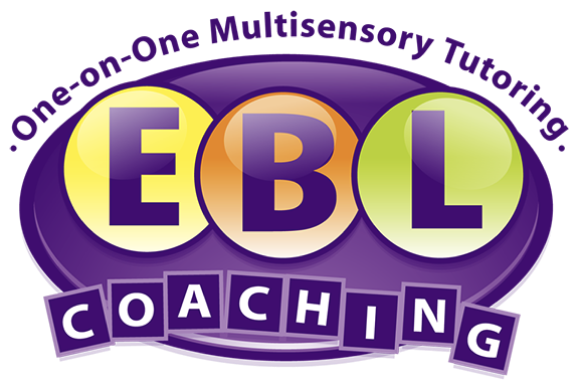
Dr. Emily Levy on the Jimbo Parris Podcast
You can listen to this full podcast HERE!
The Orton Gillingham method is a highly effective, structured approach to helping students develop stronger reading and writing skills. In this podcast, I discuss the Orton Gillingham method and other multi-sensory approaches for helping children with special education needs.
What is the Orton Gillingham method?
The Orton Gillingham method is a systematic, sequential, multi-sensory approach to helping students develop stronger reading and writing skills. It is particularly helpful for students who have difficulty with reading, including those with dyslexia, but many students can benefit from this approach.
What do Orton Gillingham lessons entail?
Orton Gillingham tutoring lessons integrate the visual, auditory, and tactile senses when teaching reading and writing skills. The lessons are customized to the individual needs and levels of each student. Students are typically presented with an audio-visual flash card containing letters that form a sound; for example, for the digraph ch we would write the letters ch on the front of a card and present a key picture on the back of the card, such as chips. Then we might hold up the card to the student and say, “This is the digraph ch, like chips, it makes the sound /ch/.” From there, we might move onto skywriting and write the letters ch in the sky. Then we may move to sand writing, where the student traces the letters ch in the sand as they say the formation of each letter aloud. Next, we move onto learning to decode words, where we work on exercises blending sounds together to form words using magnetic tiles or flash cards with different letters on them. Later we move onto having students read more words, sentences, and stories containing the sounds learned. We always review previously taught concepts and sounds before moving onto new ones and we integrate these concepts into future lessons.
Other multi-sensory tutoring approaches
A multi-sensory approach can also help students develop stronger reading comprehension, writing, and math skills. For example, to help students develop stronger reading comprehension and active reading skills, we may teach them a tri-color highlighting approach. After selecting a passage, we have the student read it aloud, then identify the topic, which is one, two, or three words describing the passage, and highlight it in blue. They would then identify the main idea, which is what the author is saying about the topic, and highlight it in green. Finally, they would look for the important, salient details and highlight them in yellow. Students can also learn how to make inferences and write summaries describing what they read. In doing so, they are learning to become active, rather than passive readers.
With writing, it is important for students to learn how to express their thoughts on paper in an organized fashion. Students should learn how to brainstorm, write, and then self-check their writing using a systematic approach. After learning how to construct a well-written sentence, they may then move onto the simple paragraph, which consists of a topic sentence, three detail sentences, and a conclusion sentence. They can then learn how to add supporting details to their writing in order to stretch out their writing and form an extended paragraph. Next, students can use that same structured approach and learn how to write a well-organized five paragraph essay and later longer, more extensive essays and research papers. They can also learn how to write different types of paragraphs and essays, including example, process, reason, and compare/contrast. Using this type of structured, systematic approach can help students develop much stronger writing skills, which becomes increasingly important as they progress through school. A structured, multi-sensory approach can also help students develop stronger math computation and word problem solving skills.
Many students benefit from the Orton Gillingham method and a multi-sensory approach to teaching but for those who have difficulties with reading, writing, or math, this approach can be paramount to their success in school. Try these methods at home to help your child thrive academically.
Dear Dr. Levy, My son
received an excellent report card. I can’t say enough good things about his EBL
tutor. She has done a tremendous job helping him improve his reading and writing
skills. Most importantly, she is wise and kind. She is always patient with him.
Because of his tutor, my son writes with much more ease.
– Parent
